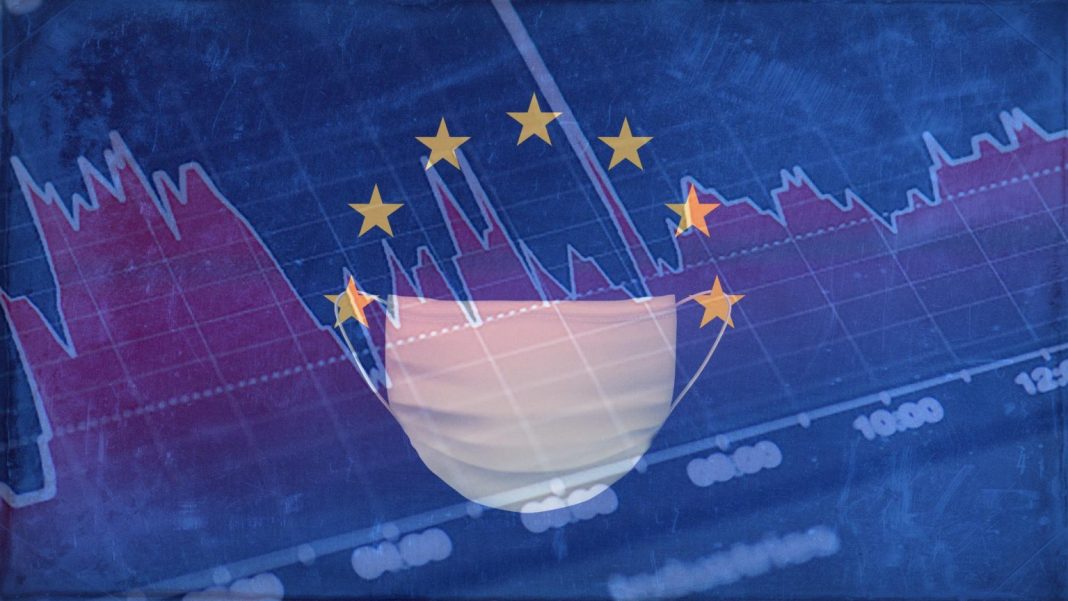EURUSD has been trading in a narrowing range these days, trading marginally above the 1.12 handle on Friday. Yesterday, the common currency failed to challenge the 1.13 barrier and retreated amid profit-taking, staying in a consolidative range.
The euro is barely supported by stronger-than-expected economic data out of the Eurozone and Germany as investors remain cautious in general amid the developments surrounding the coronavirus pandemic. Rising cases in the United States coupled with the lingering US-China trade tensions help to keep the greenback afloat due to safe-haven demand. This is the key driving force that caps the upside potential in the common currency at this stage.
As long as the pair stays above the 1.12 handle, bearish risks are limited in the short-term charts. On the weekly timeframes, the euro looks set for a positive close. However, long higher wicks in the same chart signal a limited bullish potential in the medium term. suggesting a breakdown could occur following the current consolidation.
Also, as history shows, abrupt and aggressive price movements often take place after consolidation phases. Last month, EURUSD failed to break above the 1.14 barrier and shows mostly negative bias since then. The euro flirted with the 1.12 level several times already, suggesting this local support is vulnerable and could turn into resistance if the downside pressure intensifies.
If the coronavirus cases continue to rise next week, and speculations about a second wave of the coronavirus innerve investors further, a widespread risk aversion could send the high-yielding euro lower, as dollar demand will pick up in this scenario.
On the downside, a break below this key immediate support will bring the 1.1170 area back in focus. If this figure turns into resistance as well, the three daily moving averages could come back into the game. However, such a deep bearish correction looks unlikely at this stage.



























